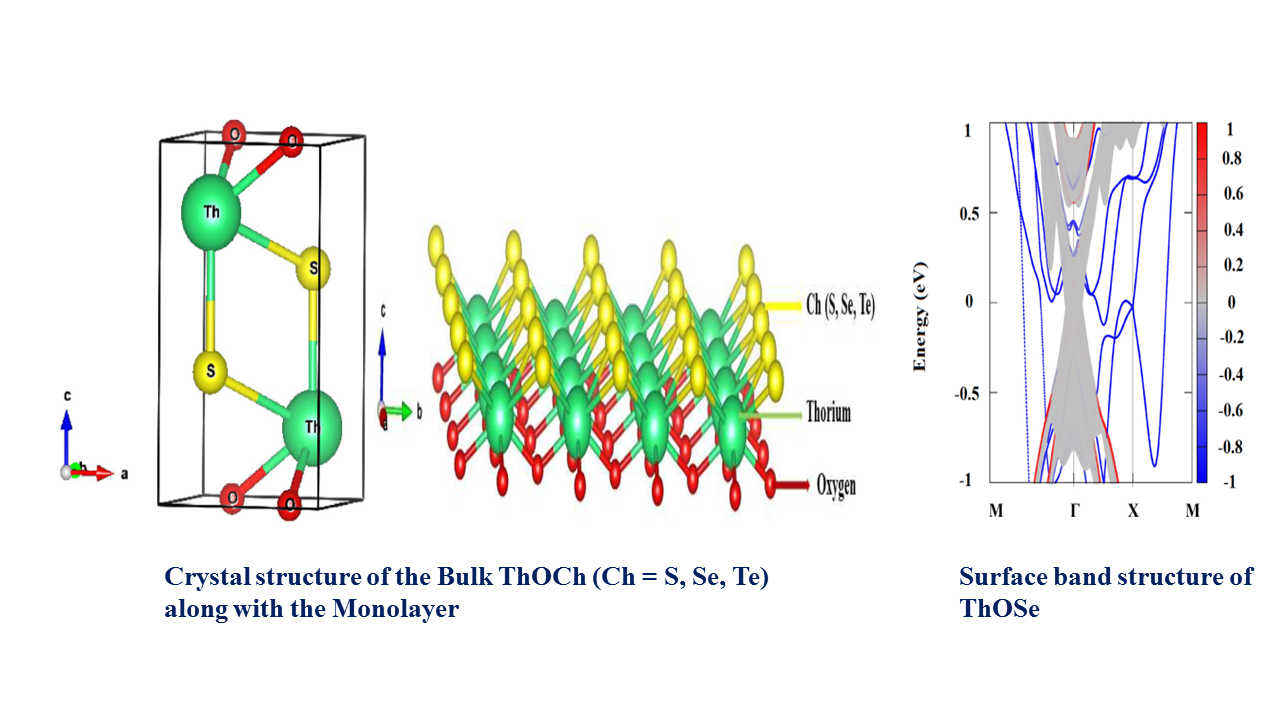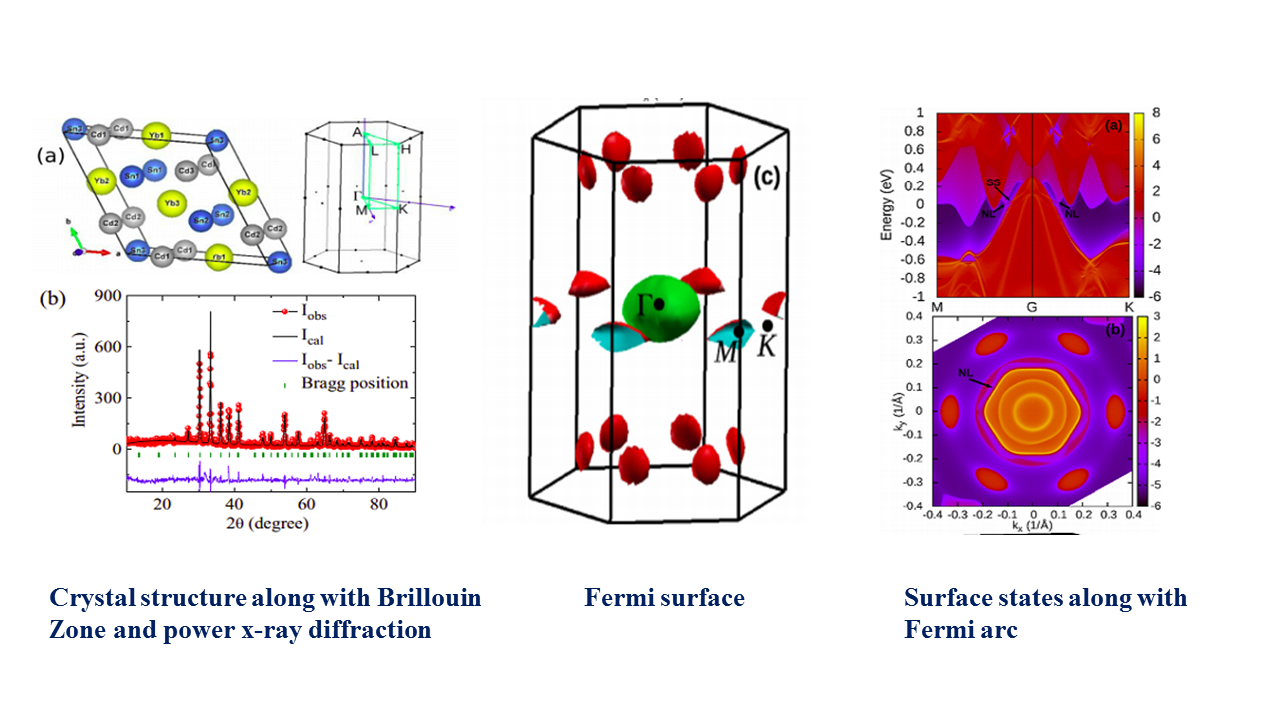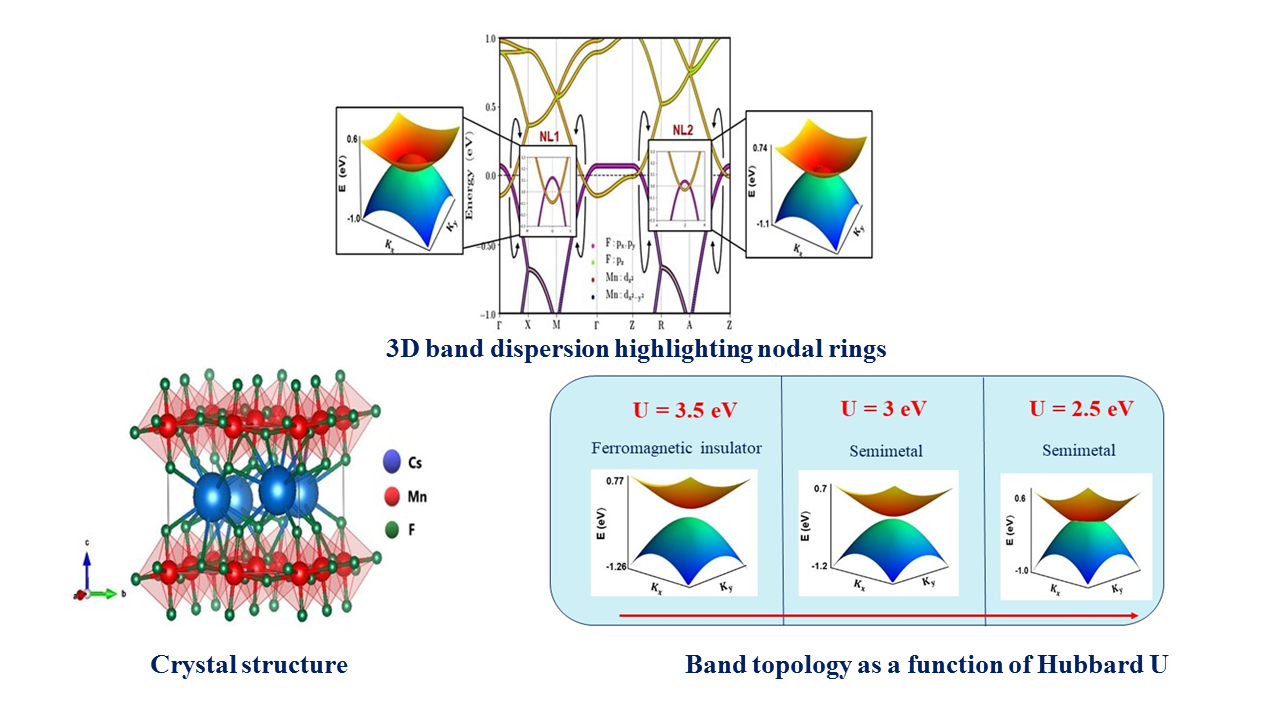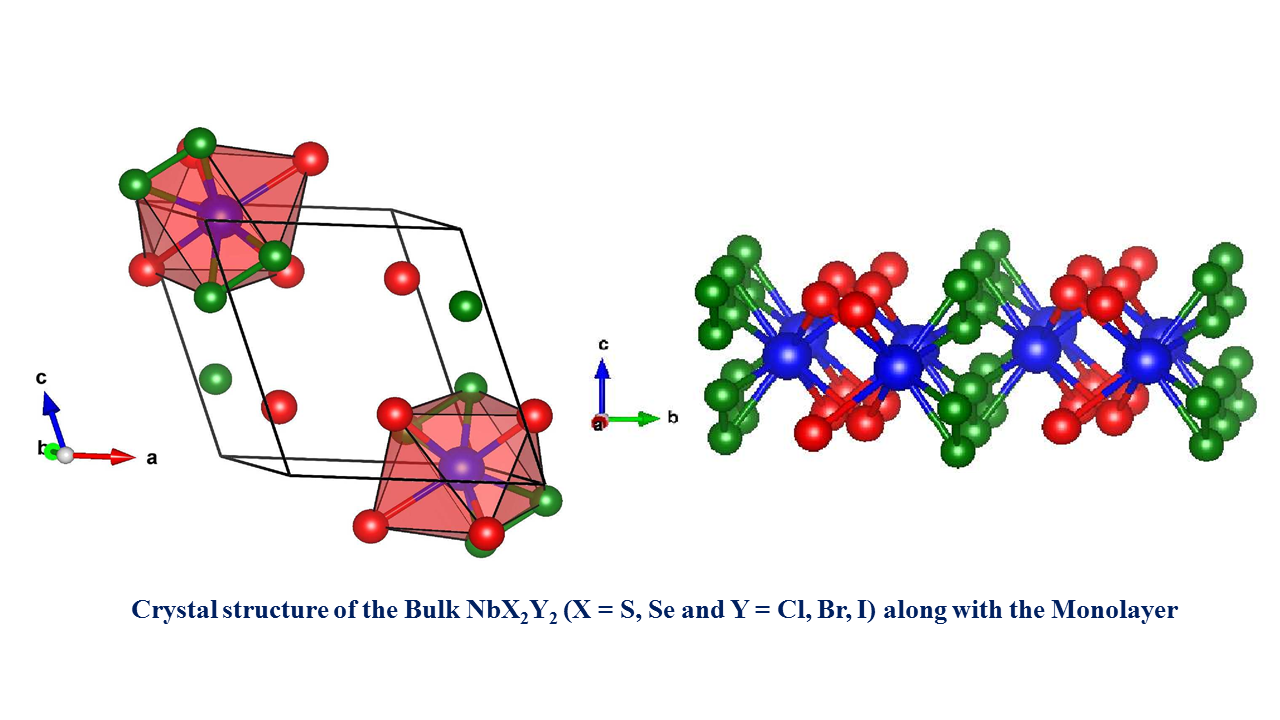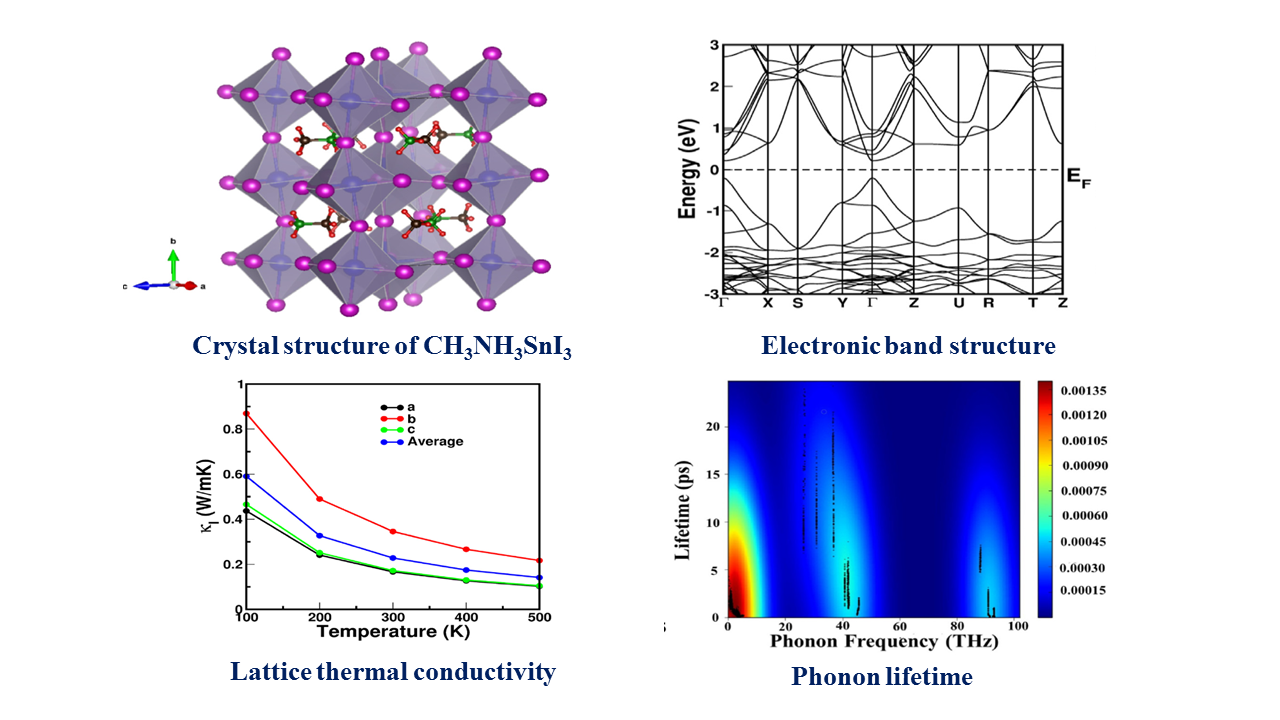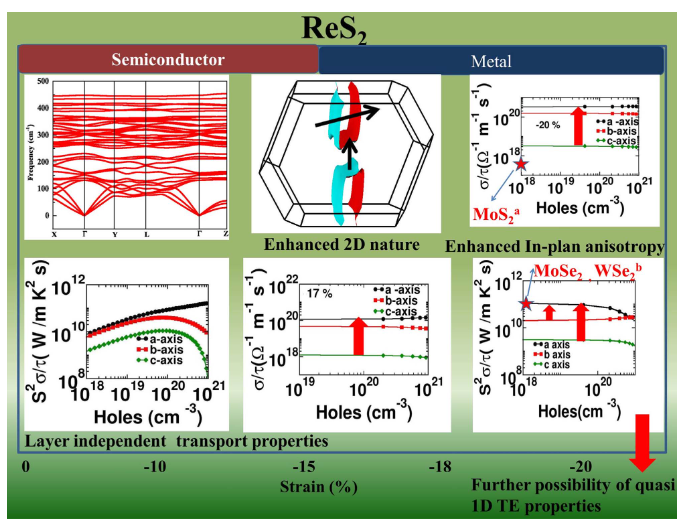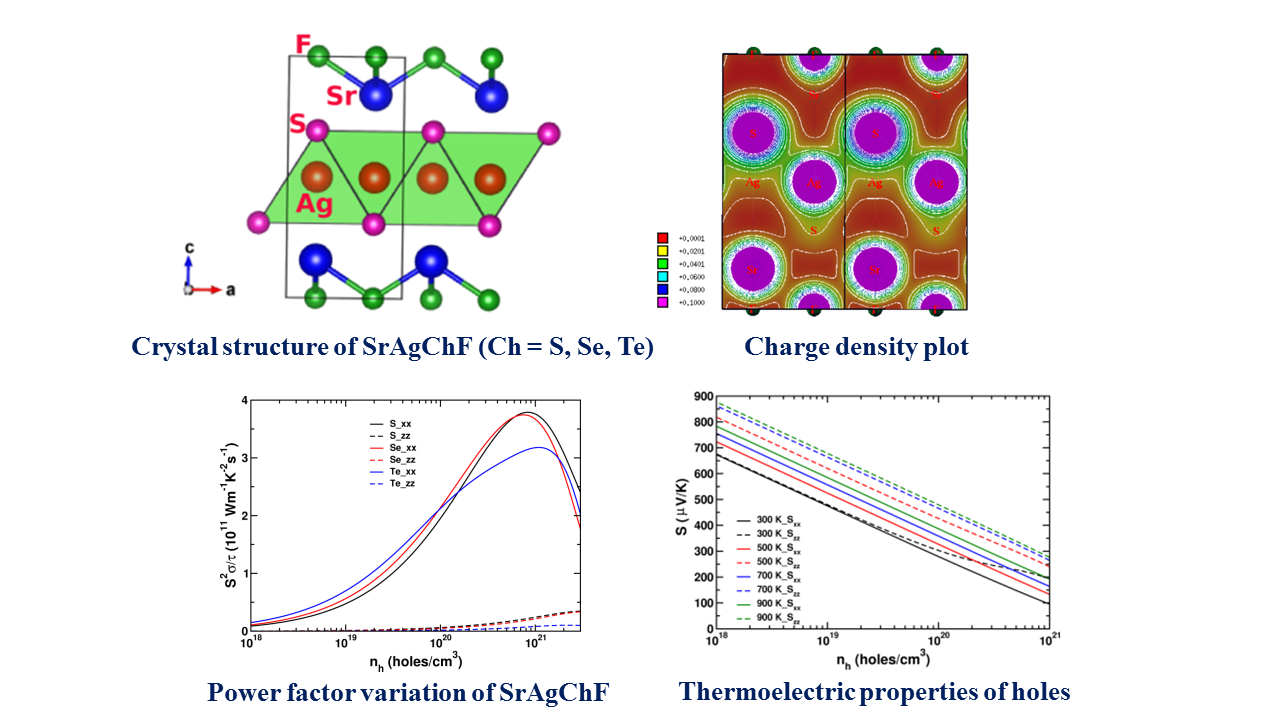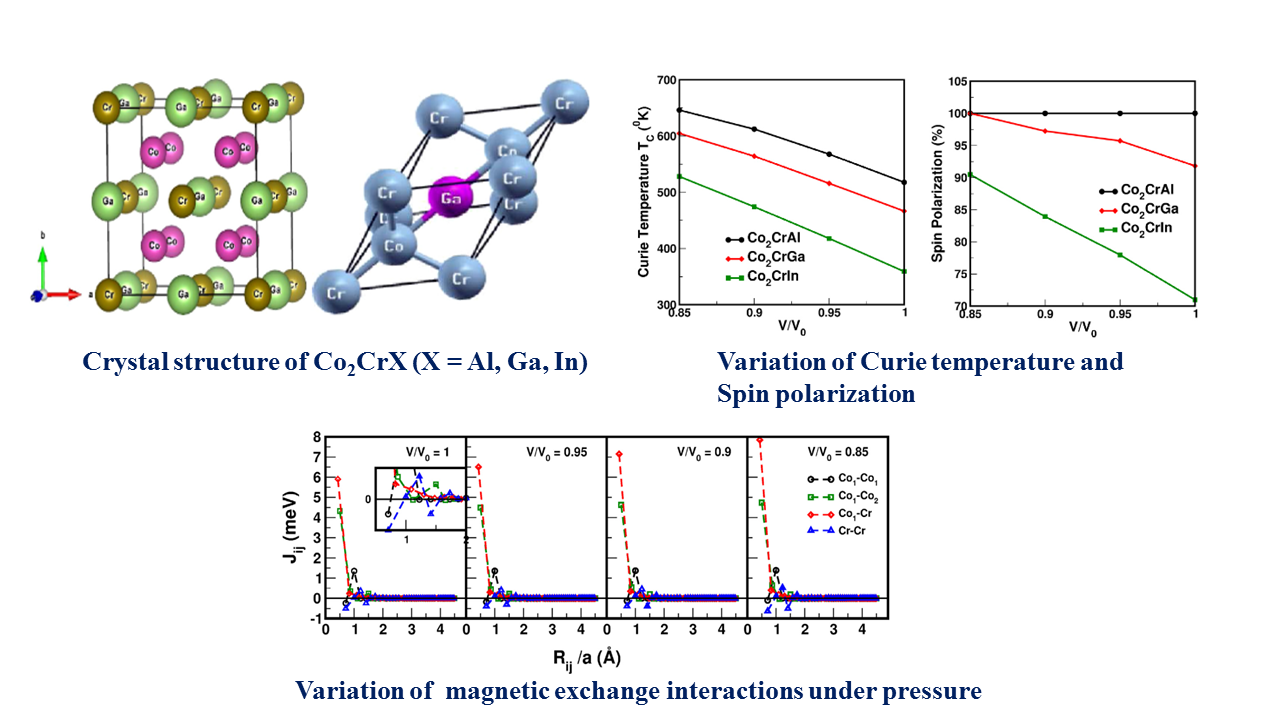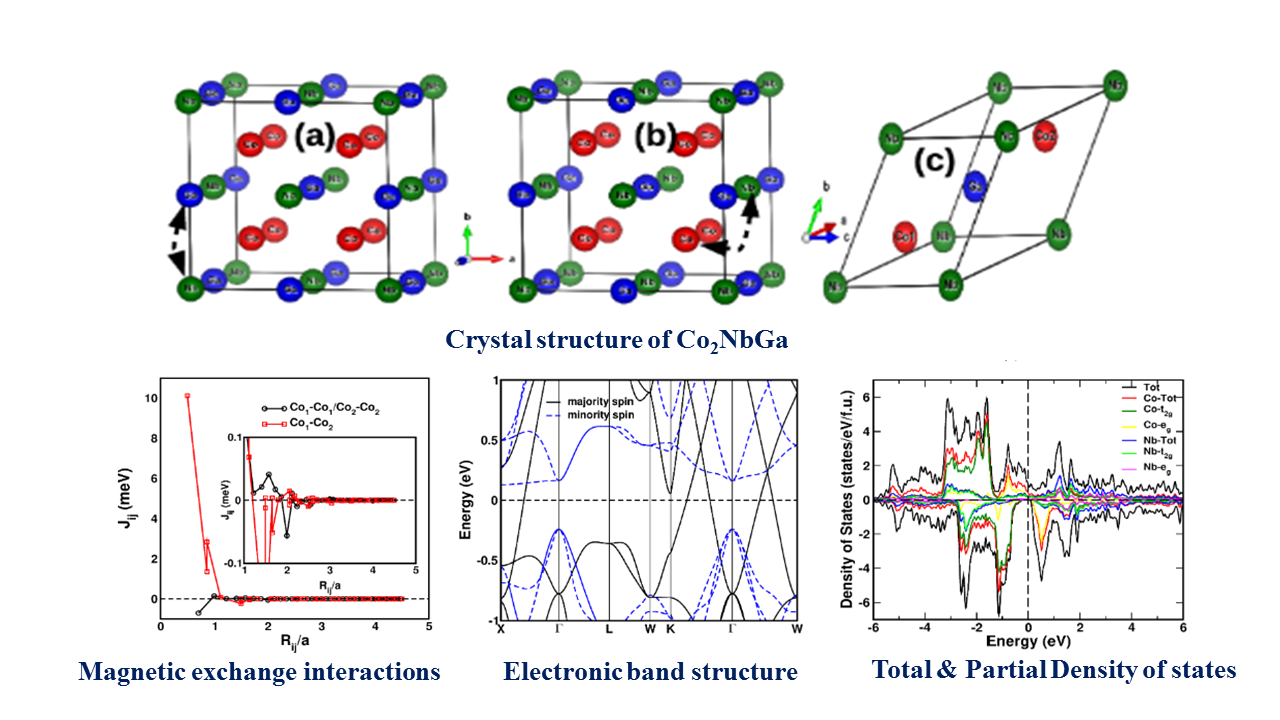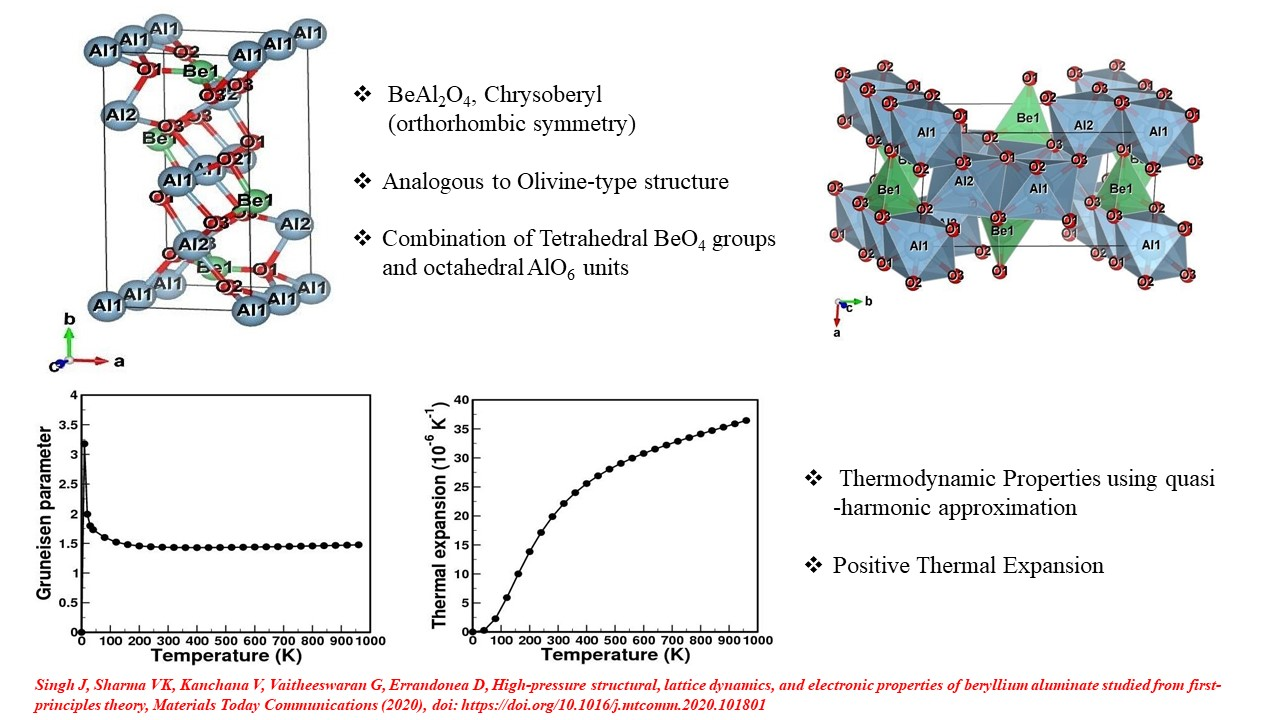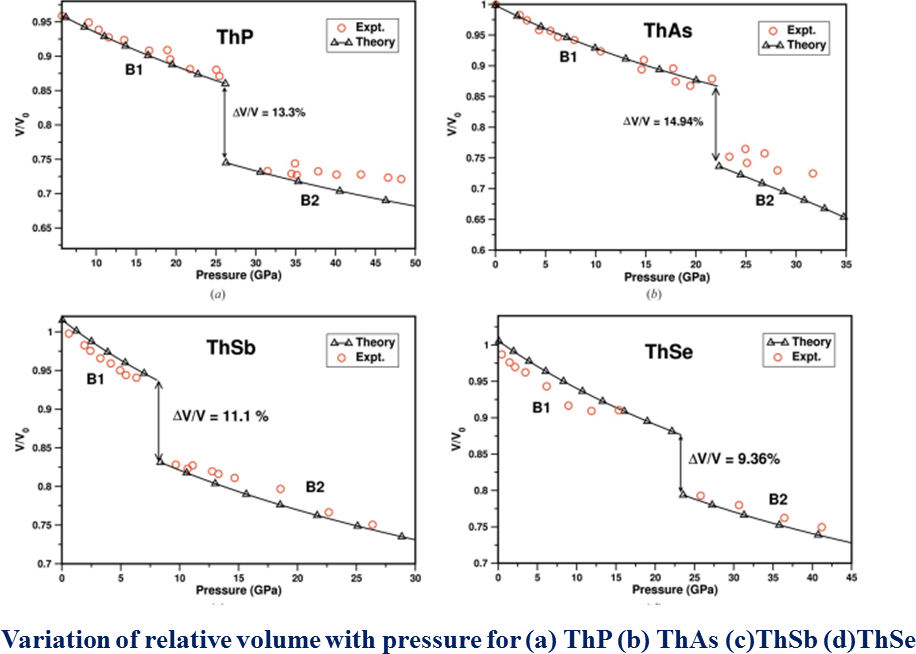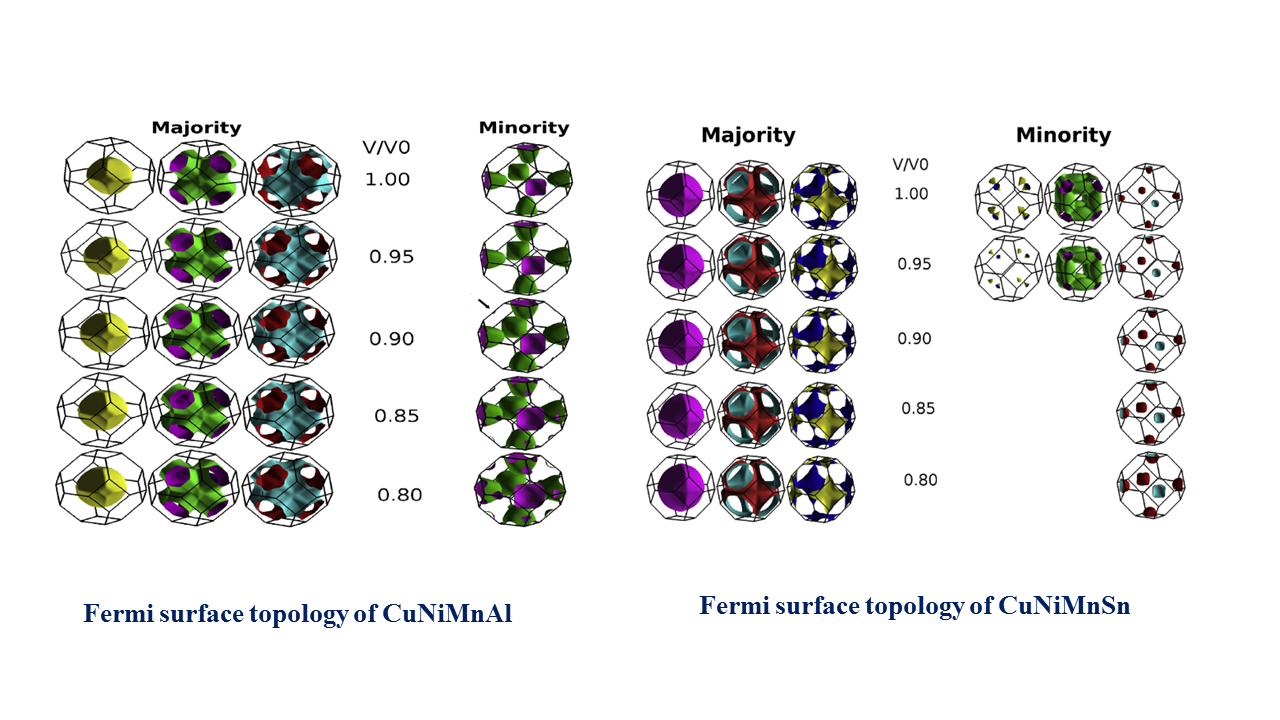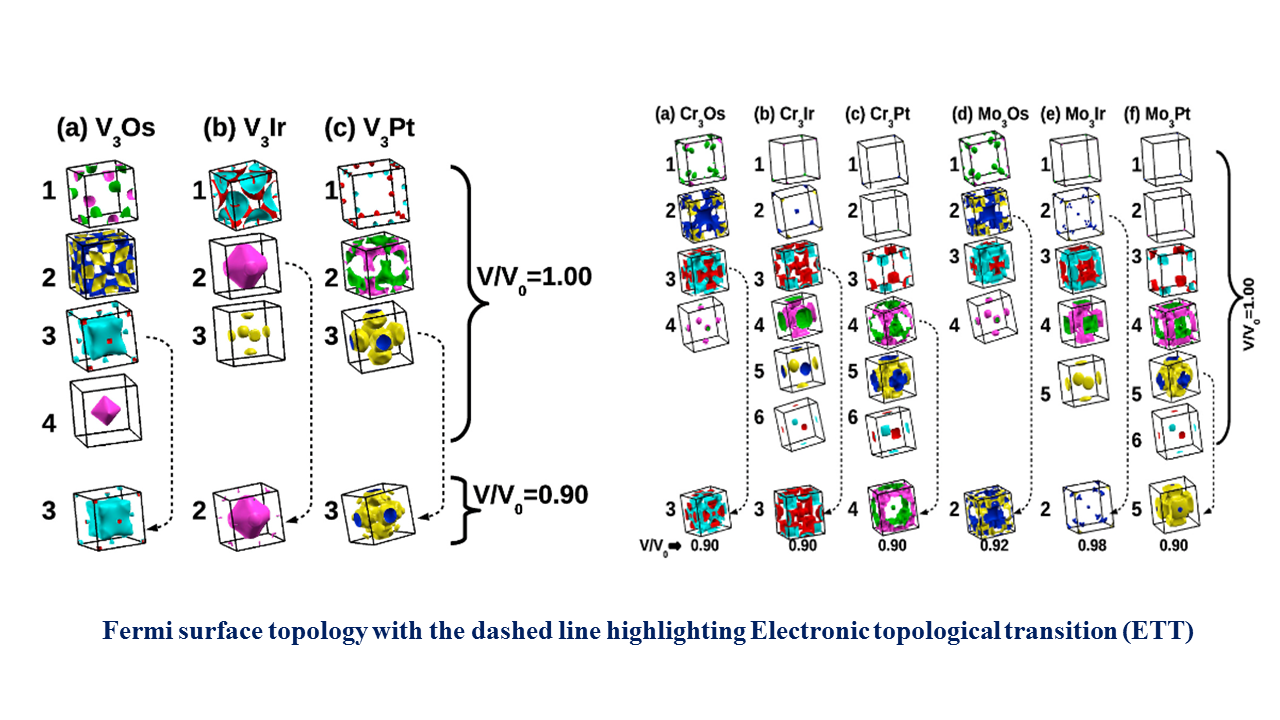Publications
Transport and topological properties of ThOCh(Ch: S, Se and Te) in bulk and monolayer: a first principles study
Experimental and theoretical study of the correlated compound YbCdSn: Evidence for large magnetoresistance and mass enhancement
Correlation driven topological nodal ring ferromagnetic spin gapless semimetal: CsMnF4
Topological Materials
Topological physics, an exploding area of research for its mystical behavior, is reshaping physics. Topology is the study of geometrical properties that are insensitive to smooth deformations as long as that deformation doesn’t involve tearing (stretching and clamping). Materials properties which are invariant under topological transformations property are known as topological materials, quantum Hall effect is the first realized topological phenomenon in condensed-matter physics. The physics of how electrons behave in topological materials, for instance, is analogous to what happens around black holes as they evaporate. In the past decade, People have found that topology provides unique insight into the physics of materials, such as how some insulators can sneakily conduct electricity along a single-atom layer on their surfaces.
The mathematics hidden in materials keeps getting more exotic. Topological states of matter have shot from rare curiosity to one of the hottest fields in physics.Topological effects might be hiding inside perfectly ordinary materials, waiting to reveal bizarre new particles or bolster quantum computing. Our focus is to find such fantasy materials and understanding of basic physics.
